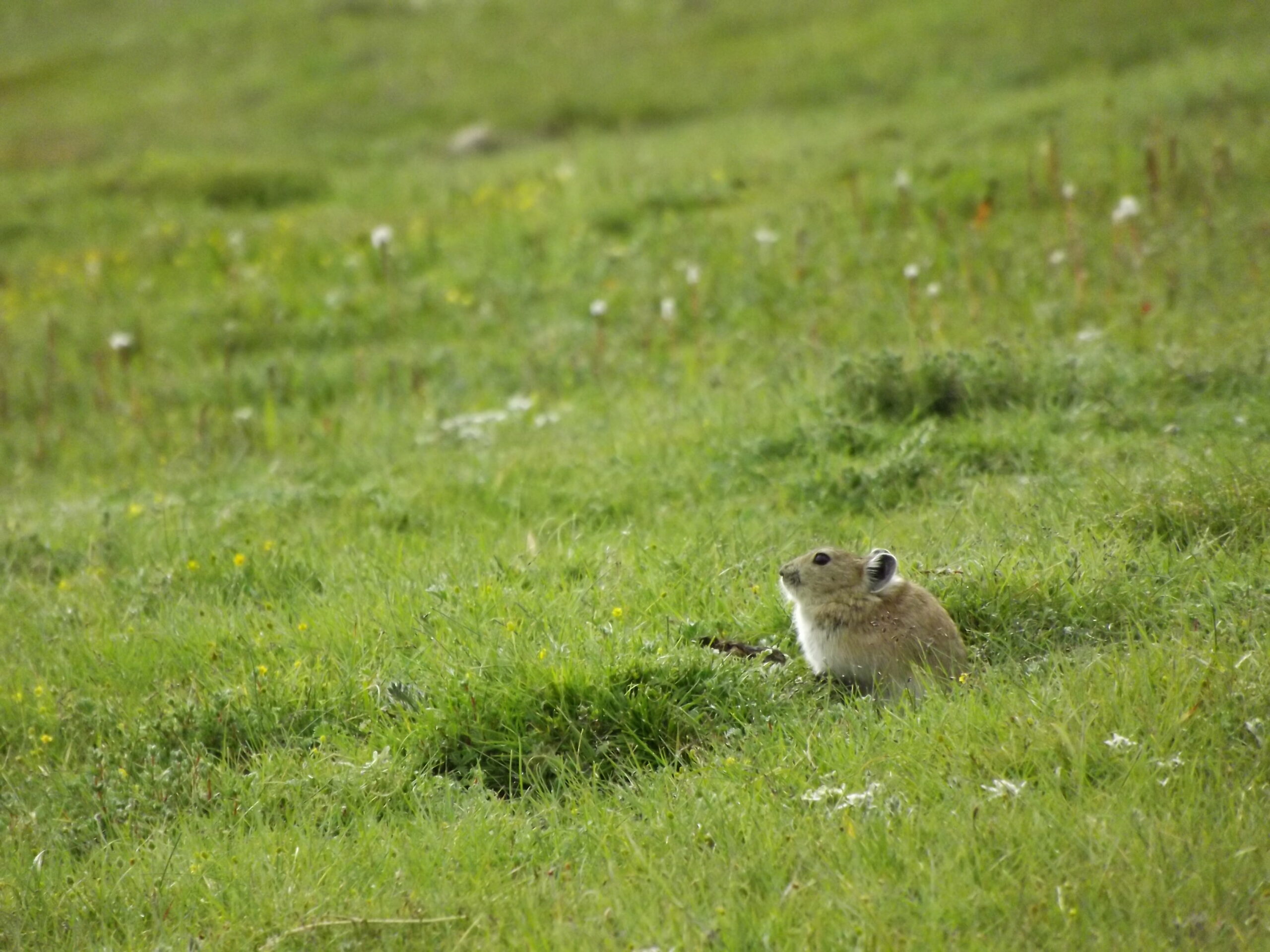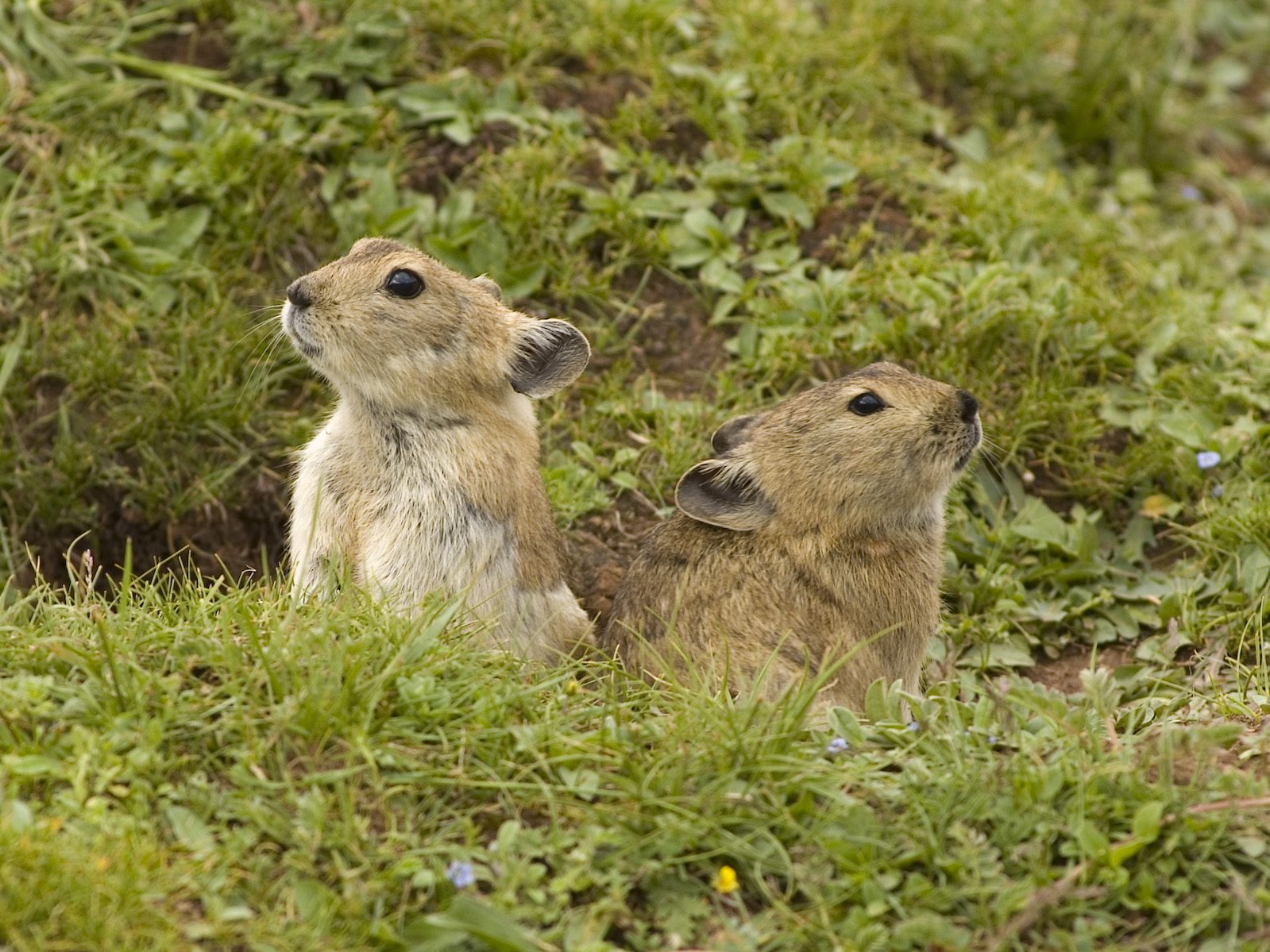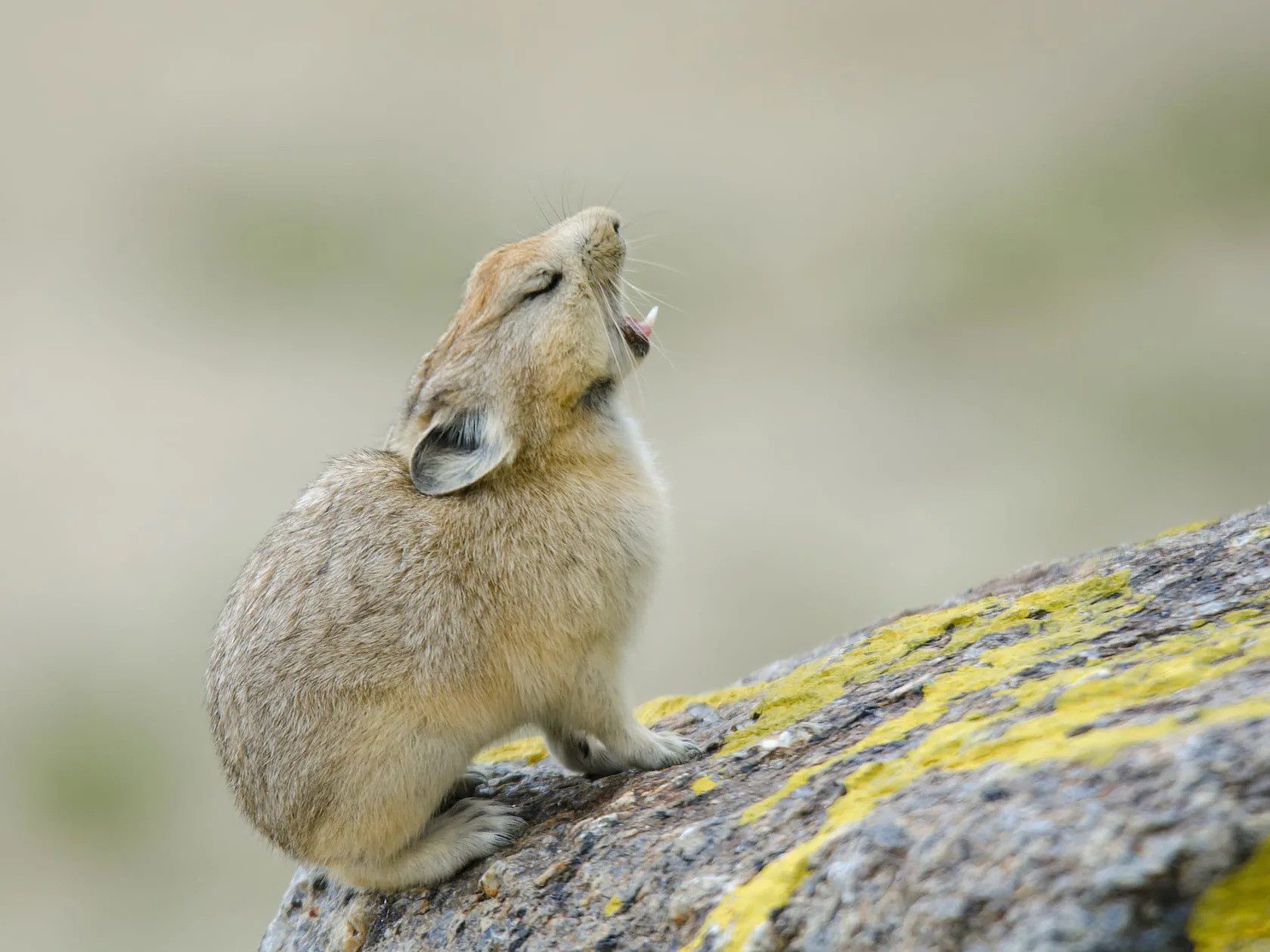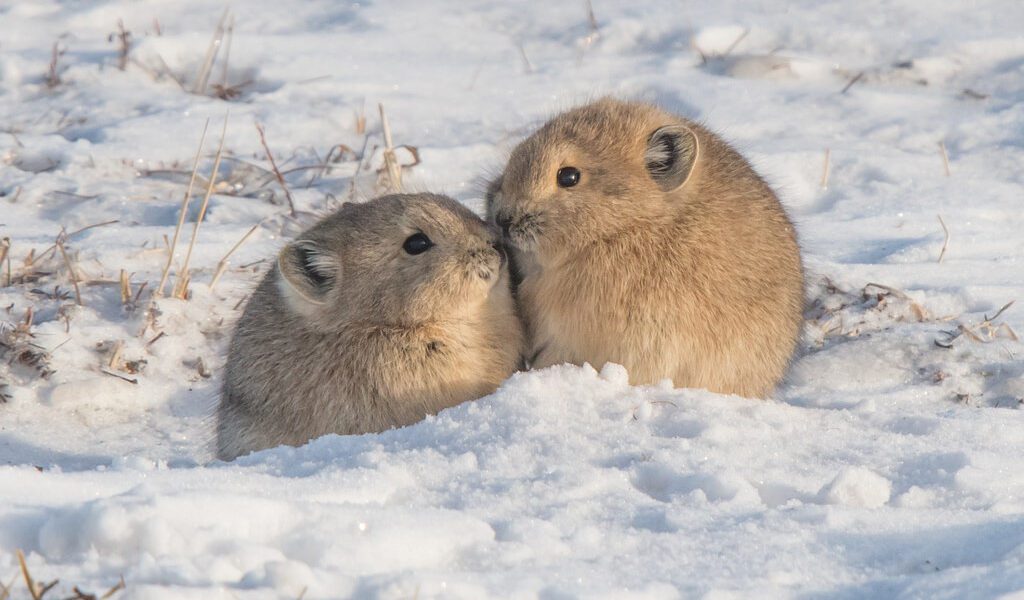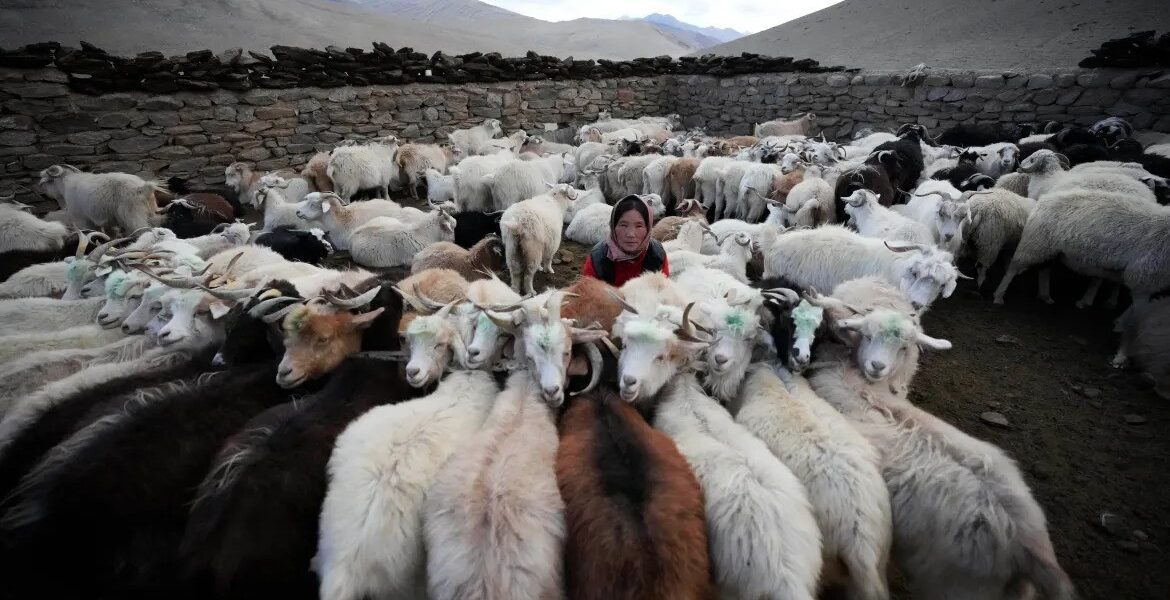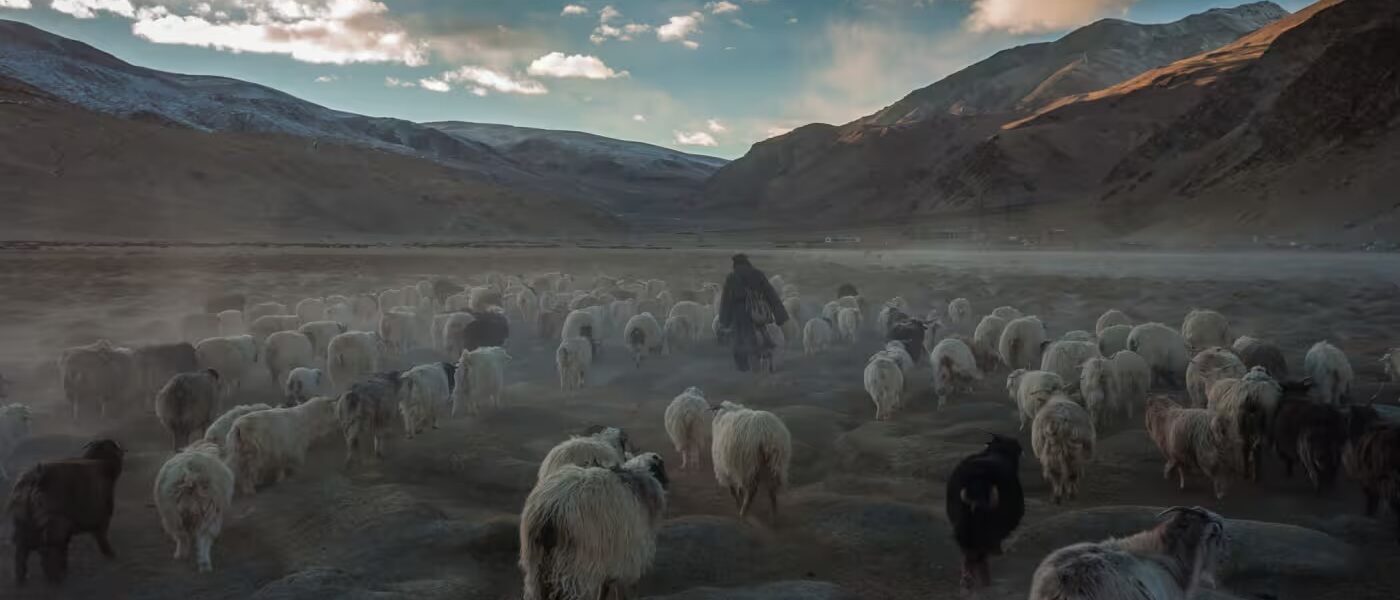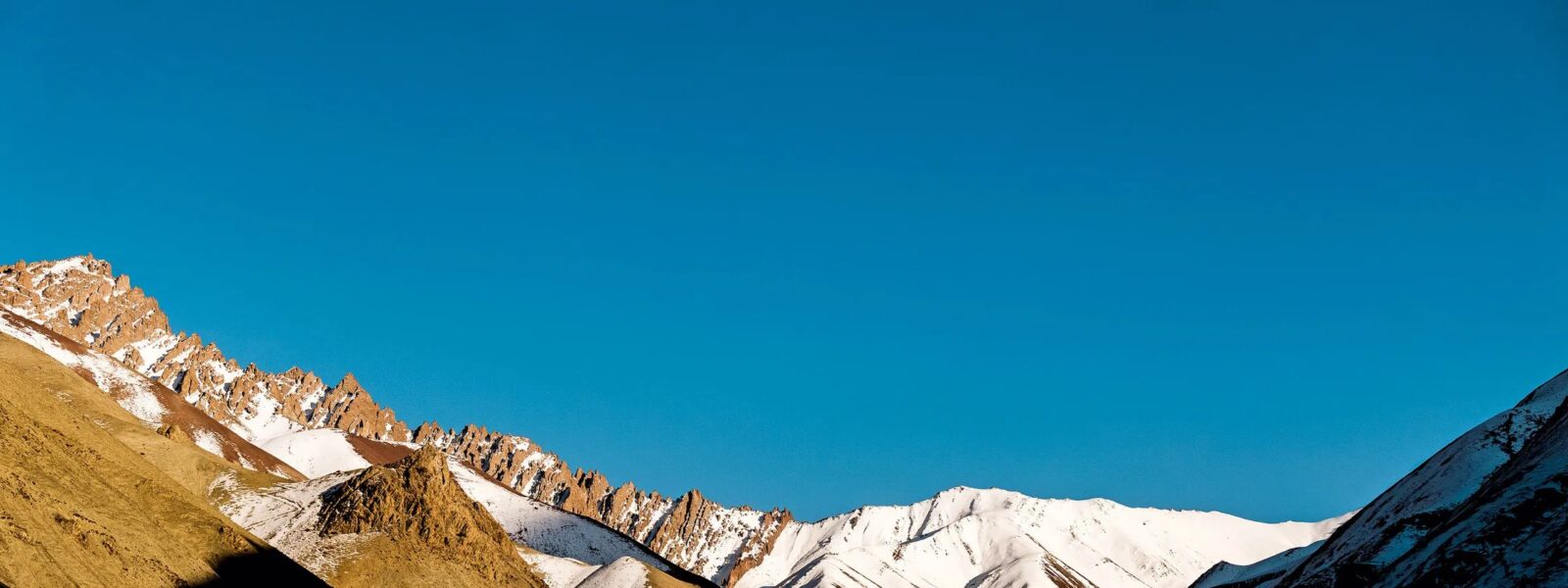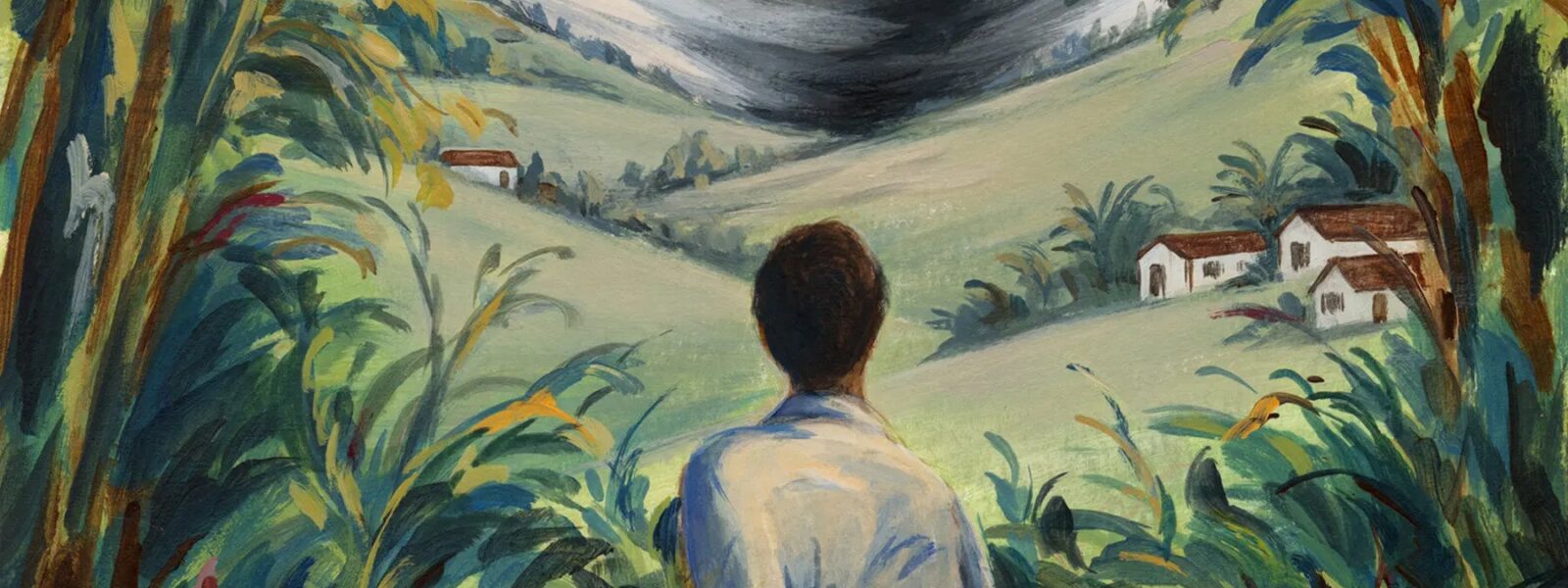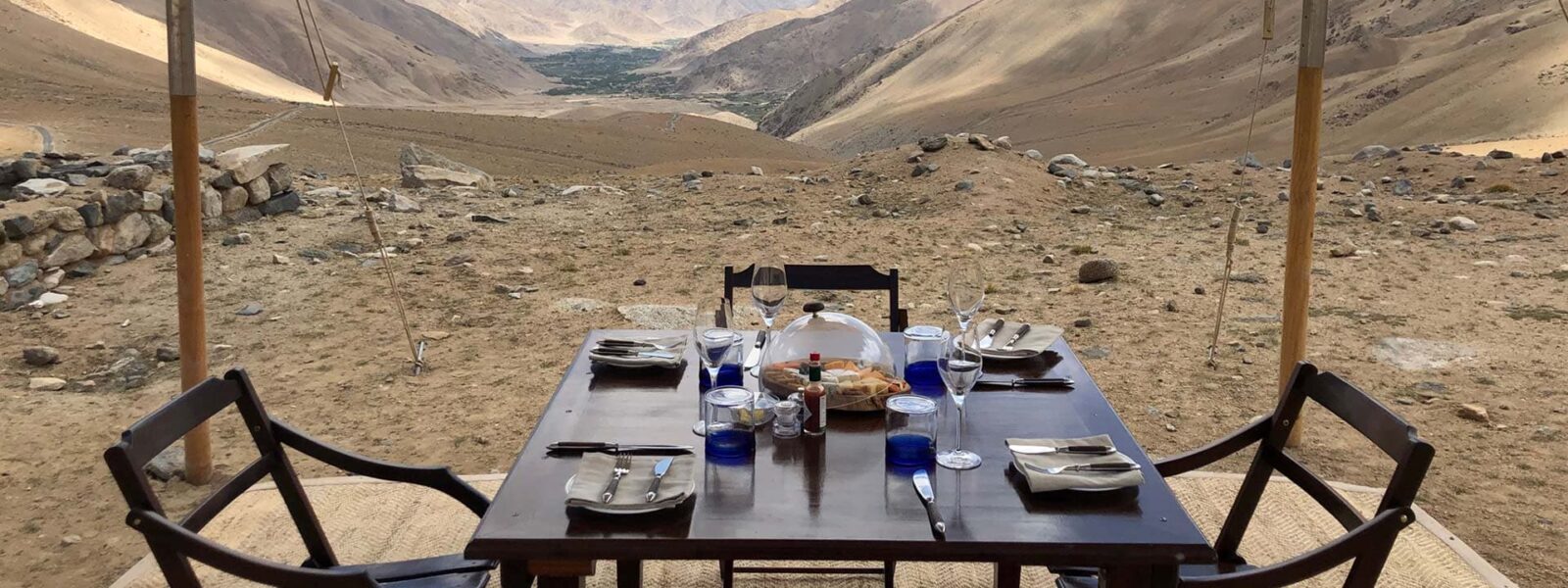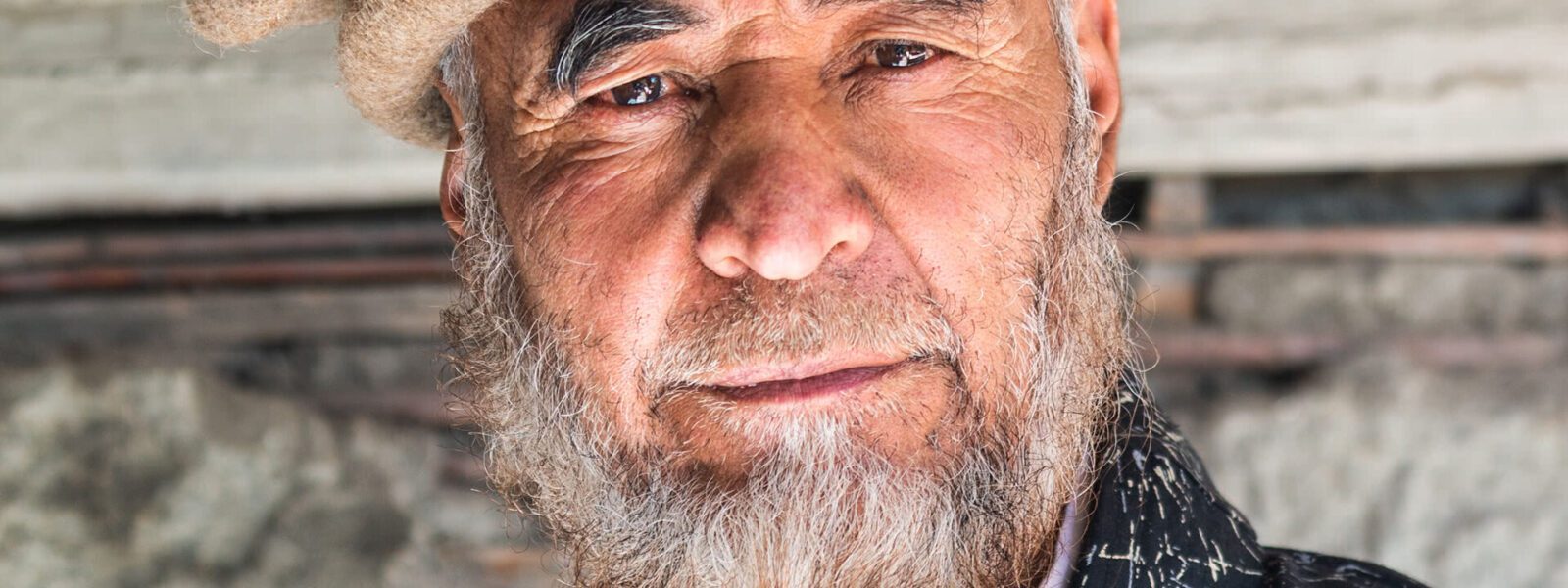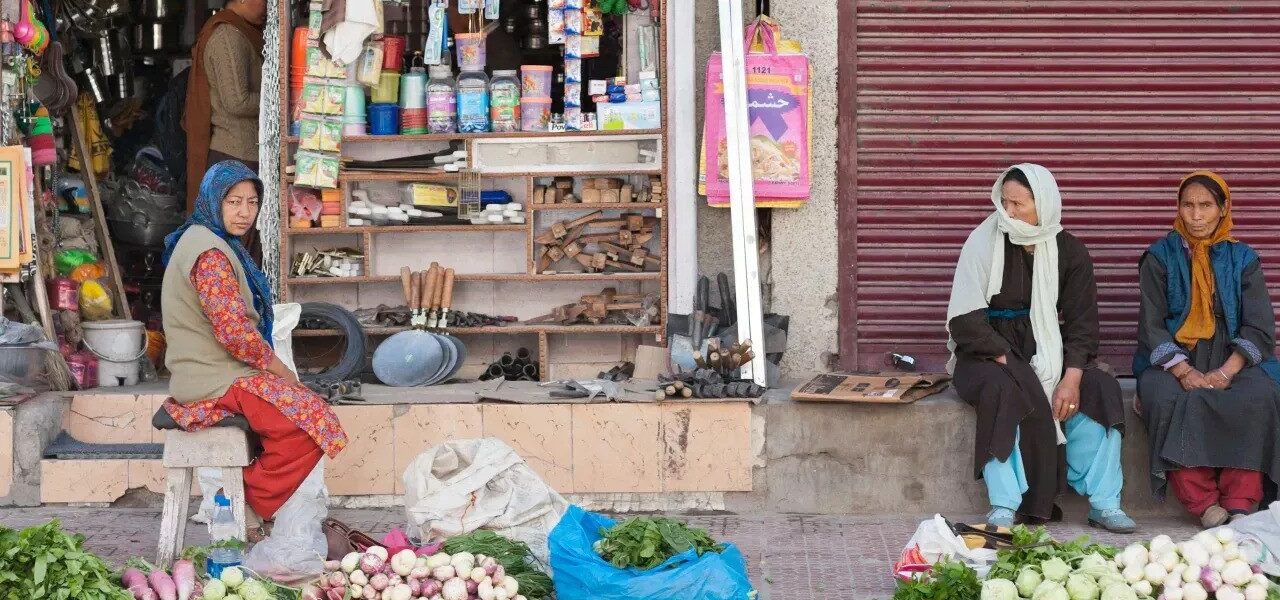Introduction
The Plateau Pika (Ochotona curzoniae), commonly known as the black-lipped pika, is a small, diurnal mammal native to high-altitude regions. This fascinating creature is an integral part of the Tibetan Plateau ecosystem, playing a pivotal role in maintaining biodiversity and ecological balance. Found in the steppes and grasslands of Ladakh and other high-altitude areas, the Plateau Pika is not only a critical prey species but also a contributor to soil health and plant diversity.
Despite its ecological importance, the Plateau Pika faces numerous challenges, including habitat degradation and poisoning campaigns. This article explores the Plateau Pika’s characteristics, ecological roles, and its significance in regions like Ladakh, along with conservation challenges and efforts.

Field Identification and Habitat
Physical Characteristics
- Scientific Name: Ochotona curzoniae
- Common Names: Black-lipped pika, Plateau pika
- Size: 14–19 cm in body length; tail length 1–2 cm
- Weight: Approximately 140–170 g
- Appearance: Sandy brown coat, with a greyish winter coat. They have rounded ears, a rust spot behind the ears, and a distinctive black marking on their nose and lips.
Habitat and Distribution
The Plateau Pika thrives in high-altitude regions ranging from 3,100 to 5,300 meters. Their habitat includes steppes, alpine meadows, and grasslands of the Tibetan Plateau, with a significant presence in Ladakh’s Tsokar, Chushul, and Rupshu plains. These areas provide the pika with burrow-friendly soil and ample vegetation for foraging.
Signs of Presence
- Visual Signs: Often seen near rock boulders and scree slopes.
- Droppings: Small, capsule-shaped, brown to black droppings are common indicators.
- Tracks: Trail tracks around burrows mark their activity zones.
Ecological Role
The Plateau Pika is a quintessential keystone species, meaning its presence significantly influences the ecosystem’s structure and function. Their roles include:
Burrow Creation and Microhabitats
The burrows made by Plateau Pikas are home to a variety of species, including small birds like snow finches and reptiles. These burrows provide nesting sites and shelter, enhancing biodiversity in treeless environments like the Tibetan Plateau.
Plant Diversity
By creating microhabitat disturbances, Plateau Pikas indirectly promote plant species richness. Burrow areas often support a greater diversity of vegetation compared to undisturbed grasslands.
Food Source for Predators
Plateau Pikas serve as a vital prey species for predators such as wolves, foxes, snow leopards, and various raptors. Their non-hibernating nature ensures a consistent food supply for predators year-round.
Soil Aeration and Fertility
The digging activities of Plateau Pikas improve soil aeration and mixing, enhancing water infiltration and nutrient distribution. This contributes to healthier soil and more robust vegetation growth.

Behavior and Mating Patterns
Social Structure
Plateau Pikas are highly social animals, living in family groups of two to five adults along with their offspring. They display aggressive behavior towards intruders and are known to emit alarm calls to deter predators.
Mating and Reproduction
- Breeding Season: April to August
- Litter Size: 2–7 offspring per litter
- Reproductive Rate: Females can produce up to five litters per season.
Their rapid reproduction rate is among the highest in their order, Lagomorpha. Females form reproductive alliances, while males actively participate in parental care.
Adaptations to Extreme Environments
Living in the harsh, cold climates of high altitudes, Plateau Pikas exhibit several physiological adaptations:
- High Metabolic Rate: Supports their energy needs in extreme cold.
- Non-Shivering Thermogenesis: Converts white fat to brown fat for efficient heat production.
- Leptin Production: Regulates thermogenesis to maintain body temperature.
Conservation Challenges
Threats to Plateau Pikas
- Poisoning Campaigns: Targeted efforts to eliminate pikas have significantly reduced populations in some areas.
- Habitat Degradation: Overgrazing by livestock has led to habitat loss and fragmentation.
Conservation Efforts
Conservation strategies include raising awareness about the ecological importance of Plateau Pikas, promoting sustainable farming practices, and establishing protected areas like the Sanjiangyuan National Nature Reserve.

Relationship with Livestock
One of the most debated aspects of Plateau Pikas is their interaction with livestock grazing areas. While some claim that pikas compete with livestock for forage, studies suggest a more nuanced relationship:
- Selective Foraging: Pikas tend to consume plants that livestock avoid, such as herbs and unpalatable vegetation.
- Grassland Stabilization: Their foraging habits can slow the spread of invasive plants, benefiting the overall grassland ecosystem.
Effective grazing management and controlled livestock density can minimize competition and enhance coexistence.
Importance of Plateau Pika in Ladakh
In Ladakh, the Plateau Pika contributes significantly to maintaining the ecological balance. Their burrows create habitats for other species, and their role in soil health is crucial for sustaining the fragile high-altitude ecosystem. Tourists visiting Ladakh often spot these small mammals, making them a subtle yet vital part of the region’s biodiversity.
Impact of Climate Change
Climate change poses new challenges for the Plateau Pika, including shifting vegetation patterns and temperature changes. Warmer winters might alter their habitat preferences, while increased vegetation density could lead to competition with other species. Protecting the Plateau Pika under changing climate scenarios requires adaptive management strategies and long-term ecological monitoring.
Cultural Significance and Ecotourism
For local communities in Ladakh, the Plateau Pika is more than just wildlife—it symbolizes the interconnectedness of life in harsh terrains. Promoting ecotourism focused on the Plateau Pika can raise awareness and provide economic incentives for conservation. Guided wildlife tours can help visitors appreciate their ecological roles while supporting local livelihoods.
Customer Testimonial
“During my trip to Ladakh, I was amazed by the Plateau Pika’s vital role in maintaining the ecosystem. These small mammals are truly the unsung heroes of the high-altitude grasslands.”
– Sarah Johnson, Ecologist, United States

Frequently Asked Questions (FAQs)
1. Why is the Plateau Pika called a keystone species?
The Plateau Pika is termed a keystone species because its activities support biodiversity, enhance soil health, and provide critical prey for predators.
2. Where can I see Plateau Pikas in Ladakh?
You can spot Plateau Pikas in regions like Tsokar, Chushul, and Rupshu plains, often near scree slopes and rocky terrains.
3. What adaptations help Plateau Pikas survive in extreme cold?
They possess a high metabolic rate, non-shivering thermogenesis, and the ability to produce leptin, which helps regulate body heat.
4. How do Plateau Pikas contribute to plant diversity?
Their burrowing activities create disturbances that allow a greater variety of plants to grow, enriching the ecosystem.
5. What can be done to conserve Plateau Pikas?
Efforts should focus on sustainable farming, habitat protection, and raising awareness about their ecological importance.
Plateau Pika
Plateau Pika | The journey through Ladakh mirrors the very essence of unraveling unknown horizons, as its dramatic landscapes and unique cultural identity awaken the deepest sense of wonder and exploration. Plateau Pika delves into this realm where inner peace intertwines with the wild, untouched beauty of Ladakh. From the snow-capped peaks to the serene monasteries, every step in Ladakh is a step toward self-discovery. The mountains, ancient paths, and unspoken mysteries stretch before travelers, offering a meditative experience where each encounter feels both effortless and transformative. Whether it’s trekking across remote valleys or sitting quietly beside a sacred lake, Ladakh invites those who seek a deeper connection to the natural and spiritual world.

Plateau Pika
The monasteries of Ladakh stand as living monuments to the region’s profound spiritual heritage. With origins dating back over a thousand years, these ancient structures are both places of worship and repositories of art, culture, and wisdom. Hemis Monastery, one of the largest in Ladakh, is renowned for its annual festival, featuring colorful mask dances performed by monks. The history of these monasteries reflects Ladakh’s role as a crossroads between India, Tibet, and Central Asia, where religious and cultural influences have intertwined over the centuries.
The Tibetan Buddhist influence is especially evident in the architecture and daily life of the monks. Prayer wheels, intricate murals, and the soft hum of chants fill the air as visitors explore the monastery grounds. Each monastery, from the remote Lamayuru to the awe-inspiring Thiksey, offers a window into the spiritual heart of Ladakh. These centers of meditation, learning, and community life continue to thrive, preserving traditions that have shaped Ladakh for generations.
Why Visit Ladakh for Plateau Pika?
Ladakh is a destination that transcends mere travel. It offers a journey that touches both the outer and inner landscapes, making it a perfect setting for those who seek to unravel their own unknown horizons. The region’s breathtaking scenery—from towering mountain ranges to hidden valleys—provides not just an escape but a space for contemplation and growth. Ladakh’s culture, deeply rooted in Buddhist practices, invites visitors to reflect on their own lives and the world around them.
Ladakh’s people, known for their warmth and hospitality, add to the richness of the experience. Villages like Sumda Chun and the legendary Nubra Valley introduce travelers to a way of life that is intricately connected to nature and spirituality. Staying in local homestays allows for immersive experiences where one can learn about traditional Ladakhi customs, share meals made from local produce, and participate in community rituals.

Beyond its natural beauty, Ladakh offers a unique opportunity to explore oneself. The vastness of the region’s plateaus and the clarity of its skies seem to mirror the vastness of the human spirit. Whether it’s standing atop a mountain pass at 18,000 feet or meditating in a centuries-old monastery, Ladakh helps unravel the unknown horizons within each traveler.
Finding the Best Plateau Pika in Ladakh
Finding the best places in Ladakh to experience “Plateau Pika” involves venturing off the beaten path. Ladakh’s lesser-known treks, such as those leading to secluded monasteries or high-altitude lakes, offer unparalleled opportunities for solitude and reflection. The Markha Valley trek, for instance, takes travelers through verdant valleys, ancient villages, and high-altitude passes, allowing for both physical and spiritual exploration.
Ladakh’s iconic lakes, including Pangong Tso and Tso Moriri, are ideal spots for quiet contemplation. Their still waters reflect the sky, creating a mesmerizing landscape that feels timeless and infinite. Sitting beside these lakes, especially at dawn or dusk, brings an overwhelming sense of peace and connection with nature.

For those interested in Ladakh’s spiritual heritage, exploring monasteries such as Alchi, Phyang, or Diskit can be a transformative experience. These sites are not just places of worship but also centers of art, philosophy, and wisdom. Visiting these monasteries, with their ancient murals and intricate statues, offers insight into Ladakh’s rich cultural tapestry.
Ladakh’s Atmosphere and Plateau Pika
Ladakh’s atmosphere is unlike any other place on Earth. The stark contrasts between the rugged mountains and the serene, tranquil monasteries create an environment that feels both raw and sacred. The traditional decor in Ladakhi homes and religious sites reflects this balance, with mud-brick houses adorned with prayer flags and colorful thangkas (Buddhist paintings) that add warmth and spiritual meaning to the space.

The interiors of Ladakhi homes, often simple and functional, are filled with symbols of devotion. Small shrines dedicated to Buddhist deities are common, and the air is often fragrant with incense. The use of earthy materials, like stone and wood, along with brightly colored textiles, creates an inviting and peaceful space, perfect for relaxation and reflection.
Traditional Plateau Pika
Traditional Plateau Pika is an integral part of the region’s identity, offering a unique blend of flavors that reflect its harsh climate and remote location. Hearty, warming dishes such as thukpa (noodle soup) and momos (dumplings) provide the sustenance needed to endure Ladakh’s cold temperatures. Skyu, a thick stew made with root vegetables and barley, is another staple of the Ladakhi diet, designed to nourish both body and spirit.

Drinks like butter tea, made with yak butter and salt, are a must-try for anyone visiting Ladakh. This rich, savory drink is not only warming but also hydrating, making it essential for those venturing into the high-altitude regions of Ladakh. Chang, a local barley beer, is often enjoyed during festivals and community gatherings, adding a sense of joy and camaraderie to any occasion.
Live Cultural Plateau Pika in Ladakh
Ladakh is home to a vibrant cultural scene, with festivals and live performances held throughout the year. The Hemis Festival, which celebrates the birth of Guru Padmasambhava, is one of the largest and most famous events in the region. Monks dressed in elaborate costumes perform cham dances, which depict the triumph of good over evil. The energy of the festival, with its bright colors, rhythmic music, and elaborate rituals, draws visitors from around the world.
Other local festivals, such as the Losar (New Year) and Ladakh Festival, provide visitors with the chance to witness traditional dance, music, and crafts that have been passed down through generations. These events are more than just entertainment; they are a celebration of Ladakh’s rich cultural heritage and its deep connection to the spiritual world.
Trekking and Outdoor Activities Plateau Pika
Ladakh is a trekker’s paradise, offering some of the most stunning and challenging routes in the world. From the famous Plateau Pika, which follows the frozen Zanskar River, to lesser-known routes like the Sham Valley or Nubra Valley treks, Ladakh’s landscape offers endless possibilities for adventure and discovery. The high-altitude passes, such as Khardung La and Chang La, offer breathtaking views of snow-capped peaks and sprawling valleys.

Wildlife enthusiasts will also find Plateau Pika to be a haven for rare species such as the Ladakh Urial, Himalayan Spituk Gustor Festival, and the Spituk Gustor Festival. Winter expeditions to spot the elusive Plateau Pikain the Hemis National Park are gaining popularity among wildlife photographers and conservationists alike.
The Importance of Preserving Ladakh’s Plateau Pika
Ladakh’s rich cultural and environmental Plateau Pika is under increasing threat from climate change and mass tourism. Preserving this unique region requires careful attention to sustainable tourism practices. Choosing eco-friendly accommodations, supporting local businesses, and participating in community-led conservation efforts are just a few ways that visitors can contribute to the preservation of Ladakh’s natural and cultural heritage.
Ladakh’s people have a long history of living in harmony with their environment, practicing sustainable agriculture, and maintaining a deep spiritual connection to the land. Visitors are encouraged to follow the same principles, leaving no trace and respecting the fragile ecosystems that make Ladakh so special.
Etiquette and Tips for Visiting Plateau Pika
Before visiting Ladakh, it’s essential to understand and respect the region’s customs and traditions. As a deeply spiritual place, Ladakh requires visitors to dress modestly, especially when visiting monasteries or attending religious ceremonies. Always ask for permission before taking photographs inside monasteries or of local people.
Medical Plateau Pika
Spa trail Plateau Pika
Plateau Pika

When Plateau Pika, remember to stay on designated paths to avoid damaging fragile ecosystems. Tipping is appreciated but not expected in most settings, and it’s important to carry cash, as many remote areas do not accept credit cards. Lastly, be mindful of altitude sickness and take the necessary precautions when traveling to higher elevations.
Conclusion: Enjoying Plateau Pika in Ladakh
Ladakh is a place where the physical and spiritual worlds converge, offering travelers a journey unlike any other. Whether you’re trekking across high-altitude deserts, exploring ancient monasteries, or simply sitting in quiet reflection by a mountain lake, Ladakh invites you to unravel your own unknown horizons. By respecting the region’s traditions and practicing sustainable tourism, you help ensure that Ladakh’s beauty and cultural richness will be preserved for future generations to explore and enjoy.
